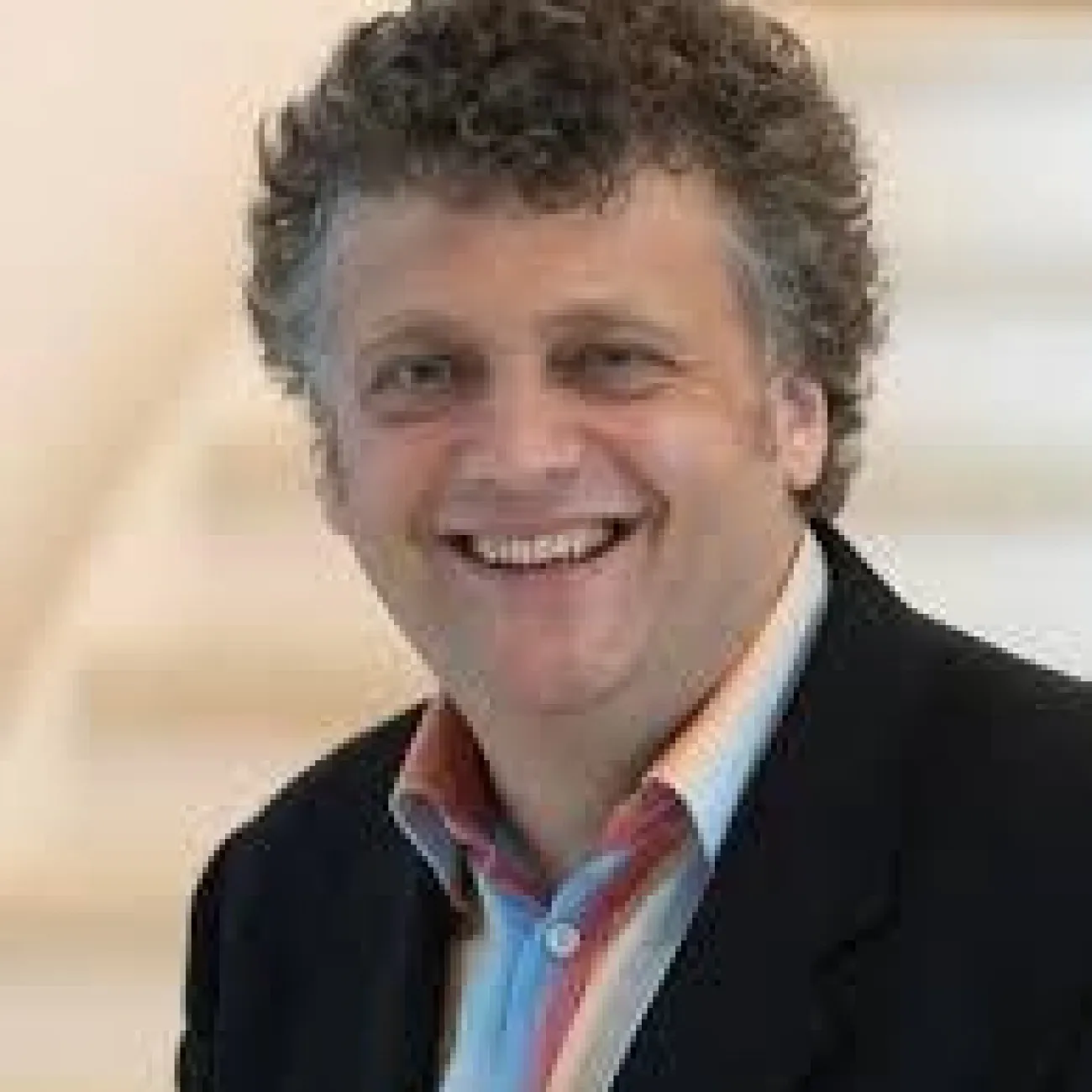About
Prof. Smith explores the physics of a variety of materials using high resolution (energy and time) optical spectroscopy. He has a particular interest in nanostructured materials including vapour-liquid-solid grown semiconductor nanowires, carbon nanotubes and monolayers/heterostructures of van der Waals solids such as WSe2. His laboratory is equipped to undertake a wide range of optical spectroscopic techniques including resonance Raman spectroscopy, time resolved incoherent anti-Stokes Raman spectroscopy, luminescence and four wave mixing. It is equipped with the apparatus to study samples from 1.6 K to 700 K and in magnetic fields up to 12 T with sub-micron spatial resolution. The group also has significant sample fabrication and microfabrication capabilities.
